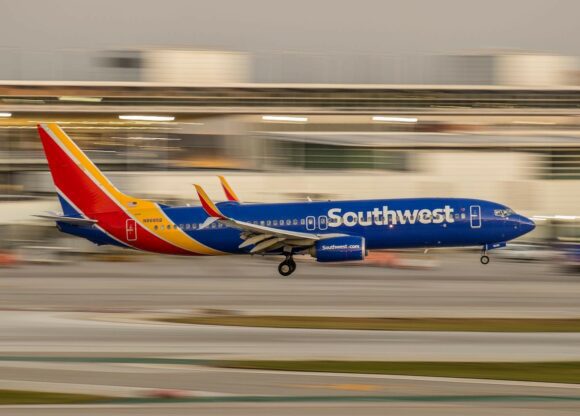The pressure is on Boeing for its 787—and we mean this in a good way.
After years of a program in disarray, Boeing is now delivering new-production aircraft and some of those that have littered the Everett Paine Field taxiways and ramps for the last four years. Boeing has delivered more than two dozen 787s and we don’t think it’s inconceivable that as many as 40 could be delivered by the end of the year, a figure comfortably in excess of prior predictions.
Boeing probably will have an update on its third quarter earnings call October 26.
Although Boeing continues to lose money on every 787 it delivers, and will for many, many years, the pressure is on Boeing to launch the 787-10, a stretched version that nominally will seat about 323 passengers in three classes and have a range of about 6,800nm. This will be a straight-forward stretch, intended to have about the same gross weight as the 787-9 but with far less than the 8,500nm range of the -9.
We would not be surprised if Authority to Offer is announced on the 3Q earnings call, but certainly by November 21, the US Thanksgiving holiday.
Customers have been anxious for Boeing to launch the 787-10. Before the end of the year, we would not be surprised to see upwards of 200 orders (or commitments) announced for the aircraft.
We expect some customers will convert 787-9 orders to 787-10, but scores will be brand new.
The 787-10 represents a shift in Boeing philosophy. When the 787 was launched in December 2003, Boeing pursued a strategy of 8,000nm-8,500nm range, a sexy number that fed into Boeing’s hub-bypass philosophy. The strategy wasn’t universally accepted, however. Many pointed out that few routes required this much range—perhaps 5%-10%–and that building a plane with this capability meant building “too much” airplane.
Lufthansa Airlines in particular adheres to the philosophy that it doesn’t want to buy more range than it needs. The 787-10’s proposed range illustrates this point; this aircraft can serve any route on Lufthansa’s system with anticipated seat mile costs that will be the best in the industry.
At Boeing’s pre-Farnborough Air Show media briefing, company officials acknowledged a shift in the previous long-range strategy. Now, they said, they recognized that 8,500nm isn’t always needed and the -10’s 6,800nm will be plenty to serve most of the world’s inter-Continental and regional routes.
Boeing paid a heavy price for pioneering a composite airplane. It paid a heavy price for out-sourcing major industrial work and failing to keep tabs on its industrial partners and supply chain. It will be years before the program is profitably. Although the 787-8’s early airplanes (through line #90, according to most sources) will be heavy and less desirable aircraft, subsequent -8s will be very good airplanes and the -8 monopolizes new technology in its class. With the 787-9 and the forthcoming -10, Boeing has a winning family of aircraft.





Here is Boeing chance to pull away from airbus even more in the widebody market. The 787-10 should be a breeze to certify compared to the original 787-8. Many airlines are awaiting for launch on this model and hopefully Boeing can increase monthly production to bring down the slot delivery time which now is too long.
The author suggests early versions were left on Paine Field taxiways and ramps as trash? As they “littered” the place might Boeing sweep 787’s up and dispose of them as FOD?
Then if, “the 787-8’s early airplanes (through line #90, according to most sources) will be heavy and less desirable,” but exceeding ANA’s & JAL’s performance expectations, then, subsequent -8s should be more than just, “very good airplanes,” they should be extraordinary.
http://www.aviationweek.com/Article.aspx?id=/article-xml/avd_06_26_2012_p01-01-470896.xml
IMHO the main question is, what will B’s production rate need to be in 2018 and beyond when the first -10 is likely to be delivered, to produce enought of them, along with the 8/9s, to take a large share of the new mkt away from the A333, as well as replace existing A333s. Assuming B will get to 10/.mo at some point in 2014, that should get them through their current backlog by 2018. But there are likely to be many more -8/9/10 orders between now and then. If the AA order for -9s is ever finaized, those planes along with the -10 orders Air Insight is forecasting may result in total 787 sales as high as 1300 planes by 2018. What production rate will it take to deliver all those in a reasonable time?
I thought B has said that they will start making money after about the 1100th plane. The may not be too far away if they get the kind of -10 orders just to launch that you are forecasting.